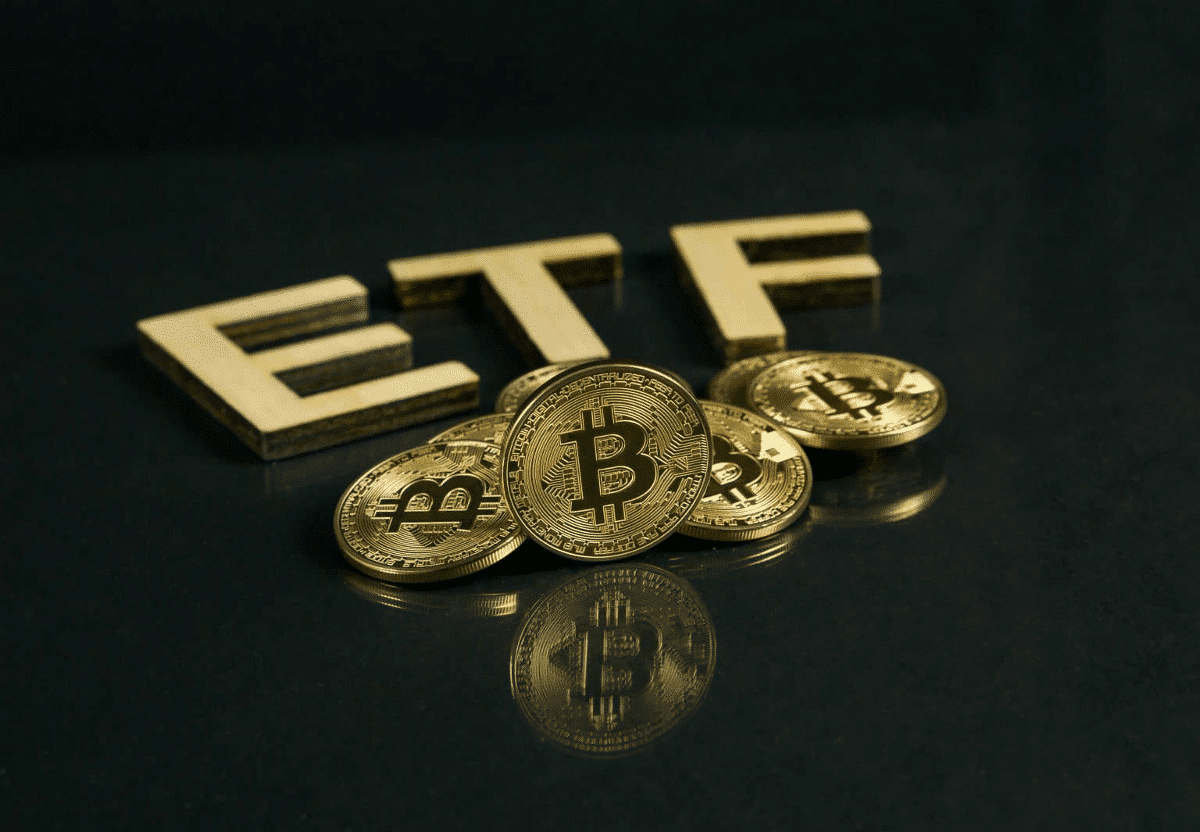Okay, folks, let’s talk about the Fed. The word on the street – or rather, straight from the source at Bloomberg – is that these policymakers are getting seriously cautious. They’re not about to jump the gun on interest rates, and frankly, it’s about damn time! They want to see what the hell is going on with fiscal policy, trade, and just how the economy actually reacts before making any big moves.
For months, there’s been chatter about imminent rate cuts, but that’s getting quieter. We’ve seen traders yank back their bets on a June cut, and the expectation now is that we’ll be stuck in neutral until July. But hold your horses! There’s still a decent chance – over 50% according to futures markets – that we’ll see a rate cut by the end of September.
What does this mean? It’s basically a high-stakes gamble. Either inflation will start behaving and give the Fed some breathing room to loosen things up, or… well, the economy could take a nosedive, forcing them to slam on the stimulus pedal. This isn’t about economic perfectibility; it’s about navigating uncertainty.
Quick Economics Lesson for the Masses:
Central banks like the Federal Reserve control interest rates. Rate cuts are designed to stimulate the economy by making borrowing cheaper. This encourages businesses to invest and consumers to spend.
However, rate cuts can also fuel inflation – if there’s too much money chasing too few goods, prices go up. That’s why a delicate balance is needed, and why the Fed is playing it incredibly safe right now.
Fiscal policy (government spending and taxes) and trade policy (tariffs, agreements) significantly impact the economy, and the Fed needs to account for these factors.
Ultimately, the Fed’s decisions are about balancing the risks of inflation versus recession. The current pause highlights just how tricky that balance is in today’s unpredictable world.






